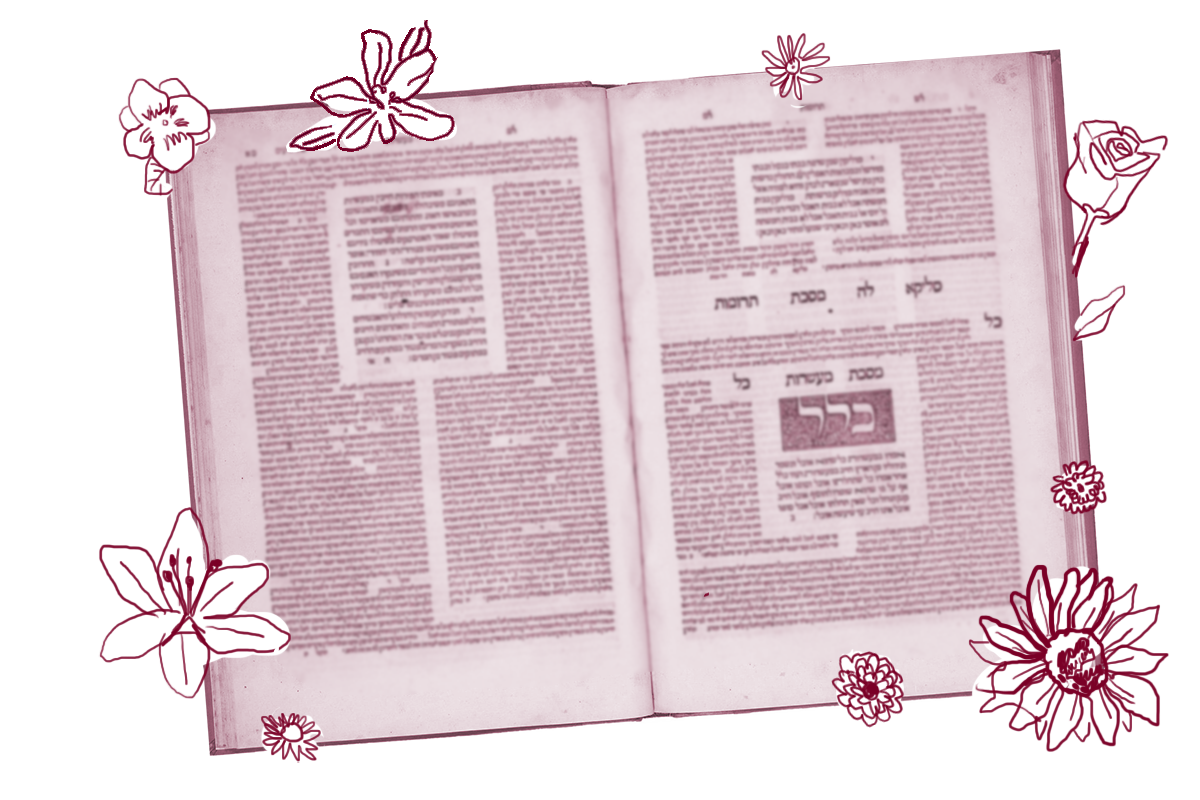It’s happened to many of us at some point in our lives: We sit down to pay our bills and realize that the total of the various invoices is higher than the amount in our checking account. Uh-oh. Which bills do we pay first, which ones have to wait, and how do we decide?
Chapter 10 of Tractate Ketubot begins today by looking at how this scenario plays out if a husband dies leaving more than one widow, and not enough money in the estate to pay out the ketubahs for both of them. First, we learn:
In the case of one who was married to two women and died, the first woman he married precedes the second.
Here, the mishnah teaches that when dividing up the estate, the first wife takes precedence over the second wife. If there are insufficient funds to pay out both ketubahs, wife #1 is considered to be the primary creditor over wife #2. The mishnah continues:
With your help, My Jewish Learning can provide endless opportunities for learning, connection and discovery.
The heirs of the first wife precede the heirs of the second wife in collecting these payments.
This ruling seems to track with the first one: If both women die before either receives her inheritance, the first wife’s children take precedence over the second wife’s children in collecting their mothers’ ketubah payments.
Finally, we learn:
If he married the first wife and she died, and he then married a second wife and he (the husband) died, the second wife and her heirs precede the heirs of the first wife.
In this case, the mishnah rules that the second wife, the only one who outlived her husband, can collect first, as can her children, before the heirs of the first wife. This might seem contradictory to the previous two rulings, which favor the first wife. However, since we know that the purpose of the ketubah payment is to sustain a widow (or divorcee), it makes perfect sense that the rights of the second wife, now a widow, supersede those of the deceased first wife’s children. (The discussion of how to determine the manner in which orphans inherit from their parents’ estate continues on tomorrow’s daf, so stay tuned.)
Why, ten chapters into our tractate, is the Talmud now focused on the importance of setting these parameters?
We have learned previously that there are standard minimum ketubah payments (200 dinars for a virgin bride and 100 for a widow or a divorcee). This might mean, for example, that in the scenario above wife #1 may have been a virgin bride while wife #2 was not, and so their ketubahs were worth different amounts. And, there are no maximum payments delineated; on Ketubot 66b we learned about marriage contracts promising as much as one thousand or even one million dinars!
And, as we (and our checkbooks) know, financial circumstances change over time. What if the ketubah of wife #1 reflected only the minimum amount because she and her husband were a young couple starting out, while years or decades later, the family came into wealth and so wife #2 got a more generous ketubah? Or, what if the reverse happened: A wealthy couple fell on hard times and the second wife’s ketubah was therefore less valuable?
By standardizing the way in which the court determines the claims of various beneficiaries to an estate, the Gemara is attempting to institute a process of fairness and decency in paying the most important claimants, a deceased’s spouse and her children. This framework will guide further decisions throughout this chapter and provide us with a way to understand how the ketubah, which may have seemed a largely theoretical entity up until now, is paid out to support actual widows and their heirs.
Read all of Ketubot 90 on Sefaria.
This piece originally appeared in a My Jewish Learning Daf Yomi email newsletter sent on October 4th, 2022. If you are interested in receiving the newsletter, sign up here.



